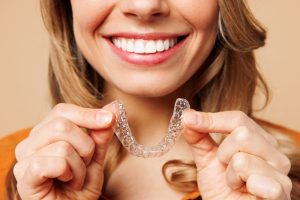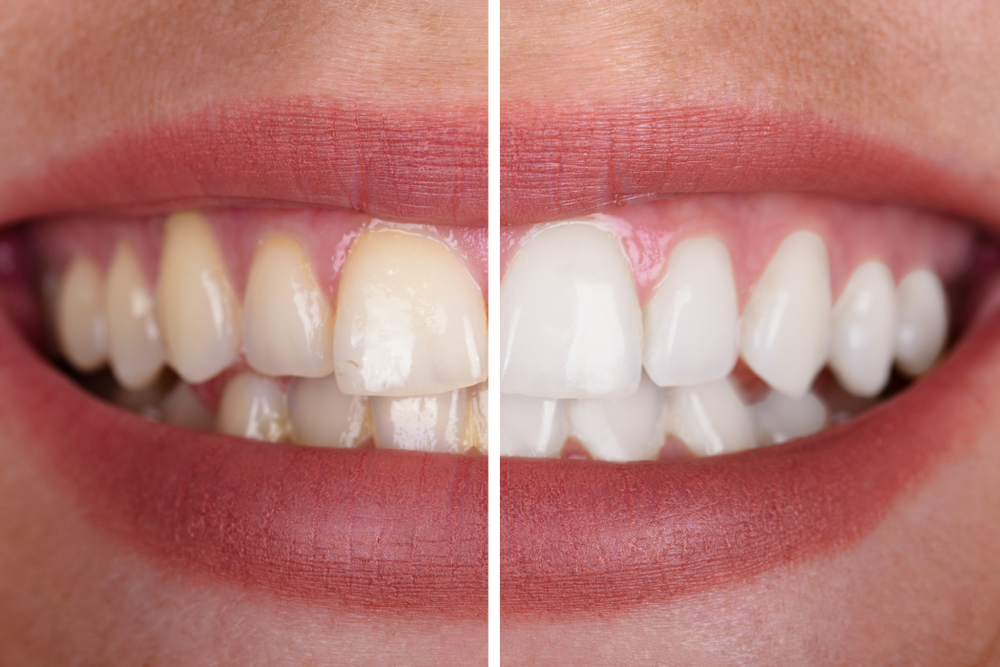For many people, the thought of visiting a dentist is a real fear. Many would rather deal with constant tooth pain than step foot into a dentist’s office. Dental anxiety prevents many people from receiving the treatment that they need. Luckily, if you are one of those people sedation dentistry can help to relieve some of your anxiety. There are many levels and methods of sedation dentistry offered, depending on the severity of anxiety or the procedure that is being done. Today in the Parkcrest Dental Group blog we are going to discuss the different methods of sedation dentistry available and the degrees of which they may affect dental patients.
Related Post: Common Misconceptions About Sedation Dentistry
Methods of Sedation Dentistry
- Inhaled Sedation – The method that most people think of in regards to sedation dentistry is inhaled sedation. With this method gases are inhaled through a mask, attached to a tube. Nitrous oxide, generally known as laughing gas, is the most commonly used inhaled sedative. Nitrous oxide will induce a state of relaxation and euphoria, while simultaneously making the patient drowsy. Inhaled sedation generally does not have long-lasting effects and once the procedure is over will wear off relatively quickly.
- Oral Sedation – The ingestion of a pill or tablet is another very common form of sedation dentistry. This method is the least invasive method requiring no injections or breathing apparatuses. However, it also provides the least pain relief, so it is often used in conjunction with other methods or localized anesthetic. Oral sedatives are very successful at reducing anxiety and are often used as early as a day before the treatment to reduce the stress involved with a dental procedure. The most drug given is Diazepam, or Valium, as it has a long effect and is particularly useful for longer, extensive dental procedures.
- Intravenous (IV) Sedation – Intravenous sedation is similar to oral sedation in regards to the level of sedation, but offers some added benefits. This method used a needle inserted into the arm and transfers the drug to the patient via a medical tube. Intravenous injection has a nearly instant effect and is best for shorter dental procedures. In addition, IV sedation allows the dentist to adjust the level of sedation throughout the procedure depending on the patient’s needs.
- Deep Sedation/General Anesthesia – General anesthesia refers to the method of administering anesthetic to render the patient unconscious or nearly unconscious during the procedure. This procedure is used much less than the others, however, is often used for oral surgeries and or in cases where regular sedation dentistry is not possible. General anesthetic is administered intravenously or via inhalation, and your levels of consciousness will usually be monitored and maintained by a nurse or qualified anesthesiologists. This procedure has more risk involved than the other methods and may not be possible if the patient is unhealthy.
Related Post: Sedation Dentistry
More Questions About Sedation Dentistry?
Contact Parkcrest Dental Group and our friendly staff will be more than happy to answer any questions you may have regarding sedation dentistry or any other general dentistry questions. Call 417.887.1220 to schedule an appointment today.





